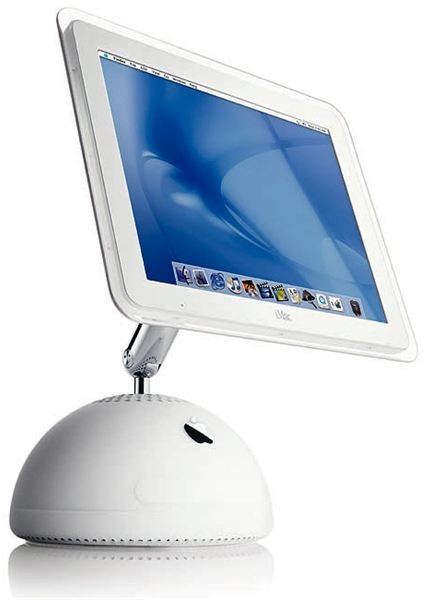

We’ve reduced some of the clutter in the original design, however, and updated the way we use color and light. We’ll continue to reflect who we are and what we stand for as a company in the same timeless symbol: an apple with a bite taken out of it. Don’t worry: We haven’t replaced the logo, just updated it. “To reflect this, we’ve made some important changes to the Apple logo and how we use it, and how we expect our channel to use it, too. I don’t want to attribute design decisions made by Apple to every industry standard, but I do think they really popularized the use of aluminum over plastic.“Like our products and our customers, the Apple brand continues to evolve,” Apple wrote in its marketing guidelines, which spelled out the thinking behind the logo change: Then Apple came along and started making everything out of aluminum and a lot of companies followed, and so black and aluminum kind of became the new standard.

Black equipment became a lot more common, and over the years beige computers didn’t really fit in anymore. White became the new beige for wall colors because it was brighter and was considered to make a room a “happier” place to be. They are usually the cheapest color options you can go with because manufacturers always have them on hand and use them every day.Īt some point though around the 1990s, painting walls beige and using wood textures on literally everything went out of style and was seen as old fashioned. You can see this trend today with silver and black. I’m guessing the beige color was one of these “default” options because it became so commonly used and manufacturers probably ordered the materials necessary in bulk. You can usually get these “default” options for cheaper than going with something custom. When you go to a manufacturer, they usually have a list a “default” or “standard” options that are always available because they use them frequently for other companies. I think the biggest contributor though was probably on the manufacturing side. “Dark gray beige” was just so common back in the day. Some companies really put a lot of thought into the exact shade of beige like Apple and Commodore. So if they wanted to blend in (and be more likely to be purchased by companies) beige was the way to go.

Computers were originally seen as a type of office equipment. I think this is really where electronics got their inspiration. Also consider that all lightbulbs before maybe 20 years ago or so made yellow-ish warm light, which kind of made all interiors look beige-y no matter what color the walls were. A lot of the time this coincided with wood furniture and the popularity of wood grain textures and veneers. Most walls were painted beige, for example. It was purely a design decision originally.īeige was a very common color before the 1990s and 2000s. There was no technical reason that early electronics had to be beige. You can read more about his contribution to early computers here. To Jerry Manock, it is anything but arbitrary, and he deserves recognition for his contributions. After all, a color choice can seem pretty arbitrary, to a non-designer. Some will imagine that this history ascribes too much credit to Apple for their contributions to personal computer design. It's not any different than Samsung's following of Apple's smartphone design trend in the 2010's. The major brands that followed Apple, such as Commodore and Atari, desperately needed to capture whatever "halo-effect" they could from Apple's early success. The color of the original Apple II is the earliest example of this. It was the case then, as now, that Apple's great commercial successes became trend setters for the computer industry.
OLD APPLE COMPUTERS COLOR PROFESSIONAL
The Apple ][ was the first and only personal computer of its time to be given this level of design attention by a professional designer, who would go on to design the Macintosh. This included the choice of a neutral beige color scheme - specifically Pantone #453. All choices, aside from the electronics, were made by Manock. In 1977, Steve Jobs hired Manock, a professional designer, to create the Apple II around Wozniak's electronic design. As a color for a popular, mass-market, personal computer, it originated with the Apple ][, where it was specifically chosen by the designer, Jerry Manock. The choice of beige for the plastic cases used on popular 1980s retrocomputers was not arbitrary.


 0 kommentar(er)
0 kommentar(er)
